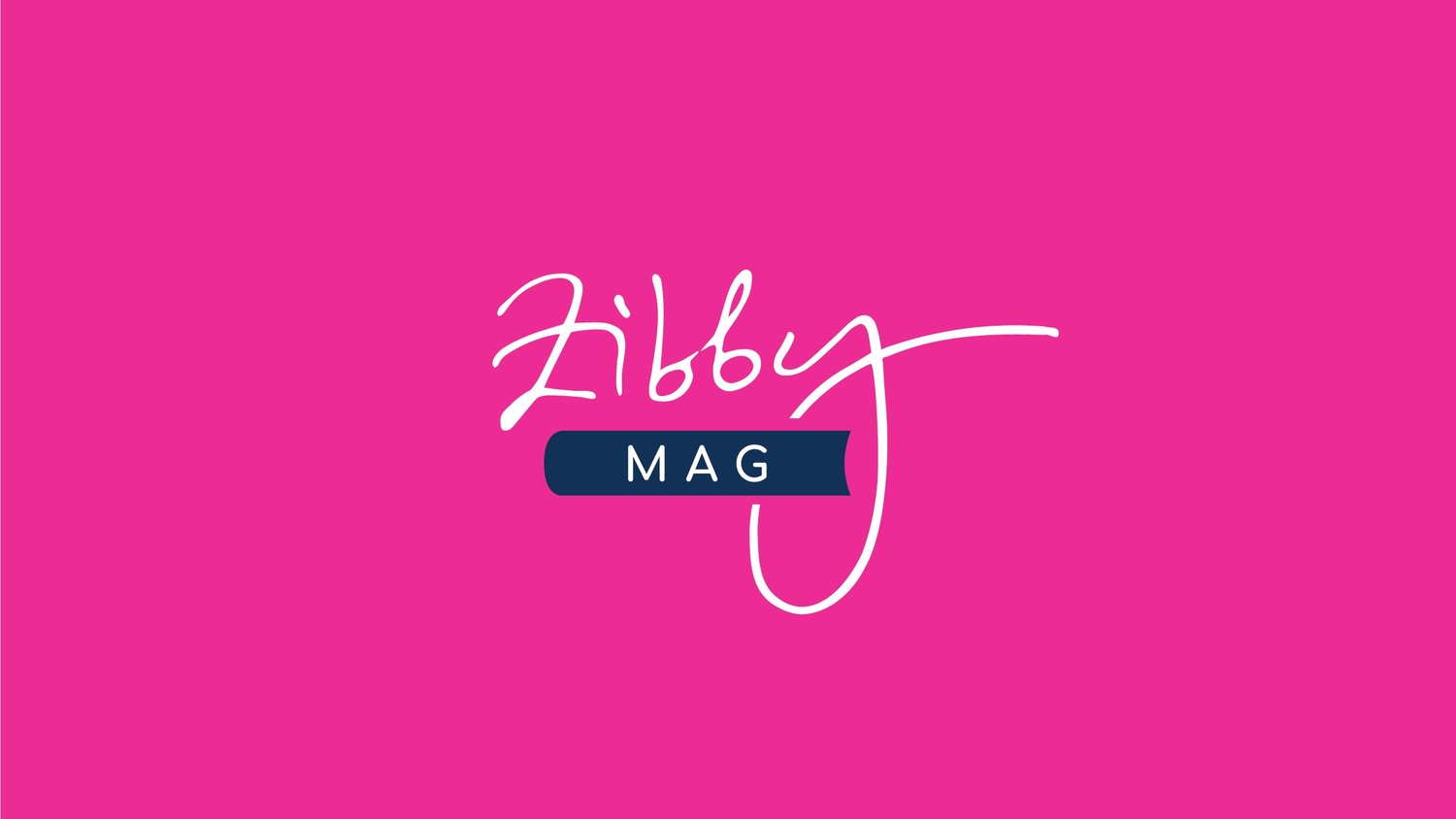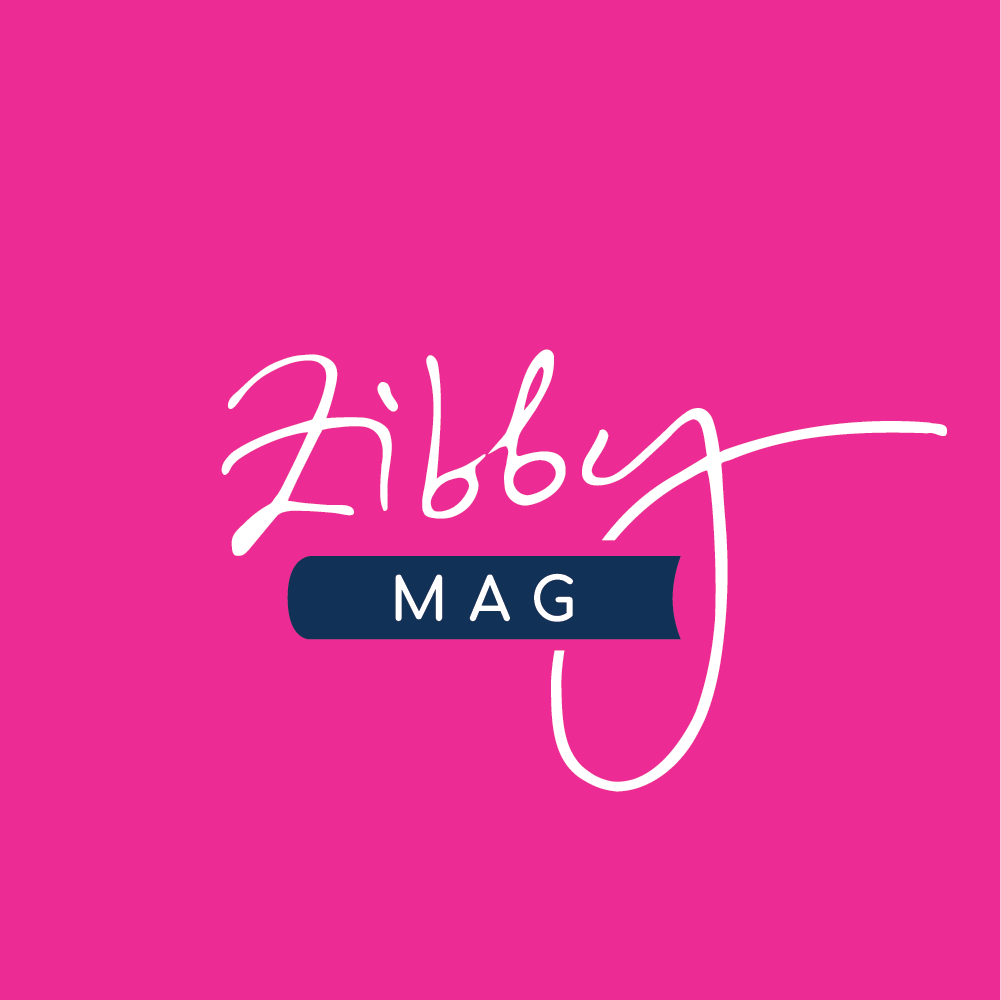The Trouble With Bodies
Donna Hemans—author of the upcoming novel The House of Plain Truth—reflects on art, memory, grief, and Black female subjectivity
By Donna Hemans
August, 2021
The first time I bathe my mother, she pushes away my hand with the warm soapy rag, and then tries to take the rag and clean herself. But she has forgotten how to move the cloth against her skin and instead she waves it aimlessly, trying to wipe the handles of the walker but touching nothing but air. Water drips to the floor.
She’s just come home from another stint in the hospital—four days this time—and it isn’t clear whether she is resisting me, or the nurse she imagines me to be. She’s thinner now, frail too, her body ravaged by illness and her legs too weak to hold herself up for long. Sometimes she needs help moving. But what she hasn’t lost is the fight for control over her body. She’s fighting both me and her body’s betrayal.
I thought to myself then, What is it like to forget your body exists—to know its weight and shape, but lose the urge to protect and control it?
Does a woman ever fully understand?
December, 2019
Among the last photos I took of my mother in her full glory, her hair is pulled back with a black and white scarf. It’s Christmas morning, and she asks me to style her hair similar to the way I often wear mine, with a cloud of hair poofed in the back. We—my mother, father, and I—are going to church. It’s my mother’s first time in a long while, and she worries about the questions she will get, the parishioners coming to inquire about her health. She’d rather keep the scrutiny at bay.
In one of the photos from that morning—what would turn out to be the last Christmas I spent with both my parents together—my mother turns her head from the camera, jokingly shying away from having her picture taken, as she had always done. In another, she looks up through the open passenger side door, her eyes bright, grinning as she lifts her hand in mid-air to shield her face from view.
There are several photos like that throughout the years. My sisters and I have joked about the faces our mother sometimes made, or the number of photos we have that capture attempts to obscure herself.
January, 2021
I wander around Manhattan on a frigid afternoon toward the Whitney Museum, where I find Simone Leigh’s “Cupboard VIII” sculpture. The sculpture is dome-shaped, a female body with layers of raffia ballooning from the lower part of her body, contemplating the absence of the markers we typically use to define ourselves and others. It is the face of this sculpture—which features only a hole, turned up like the mouth of a vase or water vessel—that captures me. The arms are stretched out, perhaps an invitation to the viewer to step into its embrace, but the woman has no nose, mouth, or eyes.
The dome shape recurs in Leigh’s work and is inspired by West and North African architecture, including the Mousgoum buildings in Cameroon. Leigh has said the Cupboard series refers to a restaurant in Mississippi, Mammy’s Cupboard, where the Mammy character’s skirt forms the roof of the area where patrons dine. The restaurant, which has in recent years lightened the skin of the mammy figure, is symbolic of the broader experience of Black women, who have often been viewed purely through the labor they provide.
Leigh, who is well known for her large ceramic sculptures that reflect on Black female subjectivity, has said of her work: “The way you understand a sculpture is by relating it to your own body, so you feel its edges and its presence in space by that relationship.”
But for me, it’s the opposite: the way to understand my mother’s persistent push to control her body is to relate my body to the sculpture, to understand control by what is missing from it and what the perceived woman reflects. Without eyes, the woman depicted in “Cupboard VIII” cannot see what the viewer makes of her, cannot internalize what others project onto her. Without these facial features, she is also a woman who will not allow the viewer to see more than what is on her surface. The woman is free to control who she is and who she thinks herself to be.
June, 2021
Our lychee tree back home in Jamaica bears fruit for a short two- to three-week period in May and June. The tree is enormous. It towers over the house, and the crop is sometimes so bountiful that the fruits’ small pink or red skin is visible from a distance.
After a year of Covid lockdowns, I plan my first trip home to coincide with the ripening of the fruits. My mother gives me and my sisters daily updates on the status of the lychees before we arrive: “Skin is turning pink but they’re not yet sweet.” “Sour, you see.” “Maybe another week or two.” “Almost ready; they might be finished before you reach.” “I tasted some today. They ready now.”
On the day I arrive, the crop is almost finished and there are bags of fresh lychees in the fridge waiting for me. Two days later, I notice that my mother is wrapped in a cloud of confusion. She no longer recognizes the house in which she has lived for more than 40 years. She refuses to venture outside to see the rabbits she has raised, the “laughing dog,” or eat any of the lychees remaining on the tree near her bedroom window. She asks over and over for my father, her husband of 54 years, who seems to be her only tether to time and place.
My mother is struggling to find herself amid the confusion. In the weeks leading up to that August day when she pushed my hand away from the bathtub, she fights the aide we hired to help with her care, pushing for the independence she has always known, pushing to regain full control of her body and the circumstances around her.
“What the doctor say wrong with me?” Every now and then my mother asks what is wrong. In those moments, she seems acutely aware of her limitations.
“We’re trying to find out,” I say. But there are complications, including the distance to the facility in Kingston that can handle the required bone scan, and whether my mother is well enough for a two-hour drive. I carry a sense of failure in not being able to answer my mother’s question directly.
August, 2021
There’s a period after bathing my mother for the first time when I accept that I’m witnessing her final attempt at regaining control. Within a week, I begin cutting up her food, prodding her to eat. Within two weeks, I feed her because she seems to have forgotten how to bring a utensil to her mouth. Within three weeks, I stack pillows behind her body so she can sit up to eat. I know what is coming.
To be a daughter looking after her mother is to forge a new experience with my own body. I think of the faceless female sculpture that cannot see what the viewer makes of her, cannot internalize what viewers project onto her. I think back to my childhood, my earliest memories of my body as subject and object, long before I knew those words and their context. I think back to the dark-skinned girl in a small Jamaican town, learning to navigate a culture still influenced by its colonial past, learning what it is to be measured against the Western idea of beauty: slender waists and hips, long straight hair, thin nose and fair skin. Even from a young age, I know that I will never fit the mold. My body—the curve of my hips, girth of my thighs, length and thickness of my hair, depth of melanin in my skin—will always be subject to public scrutiny. My body will never be enough. Sometimes it will be too much.
September, 2021
I’m back in my adopted home of Maryland. The weather has not yet changed, and the days are just as warm as they had been in Jamaica. I try to pretend nothing is changing, filling my days with movement and work and other concerns. I visit the Phillips Museum, where another of Leigh’s sculptures is on display. “No Face (Crown Heights)” is a small, jet-black sculpture with an elongated neck and a halo of purple blooms where the face should be. There’s a hole amid the blooms, but no mouth, nose, or eyes. Again, I find myself mesmerized by the features that are absent, the representative woman’s inability to see or absorb what the viewer projects. The emptiness suggests the female body is a vessel, with inner worlds that cannot be known.
November, 2022
To be a daughter packing up her mother’s clothes—the slim fit dresses that I remember from my childhood, the gabardine bell foot pants of the 70s and 80s that my mother stashed away in bags—is to form yet another new experience with my own body.
I look at old photos and see a smiling woman in a pantsuit standing in a lush garden. There was a time when she wore those pants, and there was a time when she used to pose for photos proudly. I don’t know when or why she changed her approach to photos, why she shifted to jokingly hiding her face, but I know why she stopped wearing pants. I think back and remember a story she once told me of a male clerk looking over her body as she perused items in a department store. It was then she chose to never wear pants again.
I now have a better understanding of what shaped my mother’s relationship with her clothes and her self-image. She desired for the shape of her body not to be “seen,” so she didn’t wear clothes that piqued the desires of men. She wanted to hide what she couldn’t control, the natural shape of her body, and control what she could: how she moved in this world, how she was seen.
I think of conventional objects of beauty and desire; I think of the standards we have adopted, what we’ve been told for years: to be pear shaped, to be dark skinned, to have thick hair is something to be covered or changed.
The way my mother shied away from the camera reminds me that our bodies are merely vessels and what we really control is inside—a world sometimes unknown to those who gaze in our direction.
Donna Hemans is the author of two previous novels, River Woman and Tea By the Sea, which won the Lignum Vitae Una Marson Award. Her short fiction and essays have appeared in Electric Literature, Ms. Magazine, and Crab Orchard Review, among others. She is also the owner of DC Writers Room, a co-working studio for writers based in Washington, DC. Born in Jamaica, she lives in Maryland, and received her undergraduate degree in English and Media Studies from Fordham University and an MFA from American University. Her next novel, The House of Plain Truth, is on sale January 30th, 2024.


